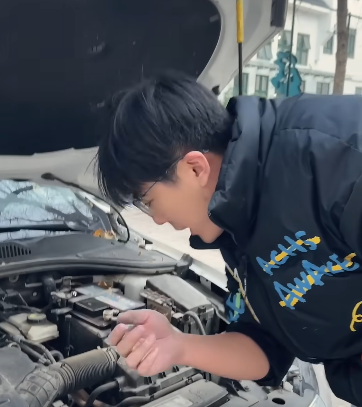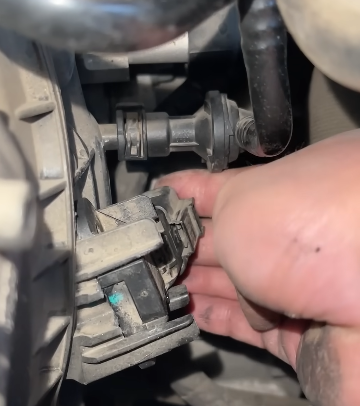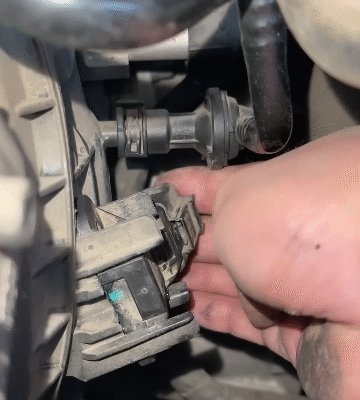
Black smoke billowing from a car’s exhaust pipe is never a good sign. Not only does it indicate that something is wrong with your vehicle, but it can also pose environmental and health hazards. This problem often signals inefficient combustion, fuel system issues, or other engine malfunctions. Fortunately, with the right diagnosis and approach, black smoke from your car exhaust can be fixed. In this article, we will explore the causes of black smoke, how to troubleshoot it, and the steps to solve it effectively.
Understanding the Meaning of Black Smoke
Before you can solve the issue, it’s important to understand what black smoke means. Exhaust smoke comes in different colors—white, blue, and black. Each color typically points to a different problem:
- White smoke: Often caused by coolant entering the combustion chamber.
- Blue smoke: Usually indicates oil is burning.
- Black smoke: A clear sign of too much fuel being burned.
Black smoke is commonly seen in diesel engines, but it can also occur in gasoline engines. This over-fueling can be caused by many mechanical and electronic issues.

Common Causes of Black Smoke from Exhaust
1. Dirty or Faulty Air Filter
A clogged air filter restricts the amount of air entering the engine. Without sufficient air, the engine compensates by burning more fuel, resulting in black smoke.
Solution: Inspect your air filter. If it’s dirty, replace it. Most filters are inexpensive and easy to change, either by yourself or at a service center.
2. Fuel Injector Problems
Fuel injectors deliver precise amounts of fuel to the engine. If they’re leaking or malfunctioning, they can spray too much fuel, leading to black smoke.
Solution: Get your fuel injectors inspected and cleaned. If they’re damaged, replacing them may be necessary. Use fuel additives occasionally to help keep injectors clean.
3. Bad Mass Air Flow (MAF) Sensor
The MAF sensor measures the amount of air entering the engine so the computer can adjust fuel injection accordingly. If this sensor is faulty, it can cause the engine to inject too much fuel.
Solution: A mechanic can test the MAF sensor. Cleaning it with MAF sensor cleaner might solve the problem, but if it’s damaged, it should be replaced.
4. Faulty Turbocharger (in turbo engines)
If the turbocharger isn’t functioning correctly, it may not compress enough air for the engine, leading to incomplete combustion and black smoke.
Solution: Check for signs of a failing turbo, such as whining noises, loss of power, or excessive oil consumption. Turbo repair or replacement can be costly but is essential for performance and fuel efficiency.
5. EGR Valve Malfunction
The Exhaust Gas Recirculation (EGR) valve helps reduce emissions. If it’s stuck or malfunctioning, it can affect combustion and produce black smoke.
Solution: Clean or replace the EGR valve. This is a common issue in older vehicles.
6. Using Low-Quality Fuel
Poor-quality or contaminated fuel can lead to incomplete combustion, resulting in black smoke.
Solution: Use high-quality fuel from reputable gas stations. If contaminated fuel is suspected, have the fuel system flushed.
7. Chipped or Remapped ECU
Some drivers modify their Engine Control Unit (ECU) to increase power. Improper remapping can result in over-fueling and excessive smoke.
Solution: Restore the original ECU settings or get a professional remap from a certified tuner.

Diagnosing the Problem
Step 1: Visual Inspection
Start with a simple visual check. Look for signs of soot around the exhaust tip, oil leaks, or disconnected hoses. A greasy, black exhaust pipe is a typical sign of unburnt fuel.
Step 2: Use an OBD-II Scanner
Modern cars are equipped with On-Board Diagnostics (OBD) systems. An OBD-II scanner can help you find trouble codes related to sensors, fuel systems, and engine operation.
Step 3: Check Engine Light
If your check engine light is on, don’t ignore it. Even if the car seems to run fine, the warning light may indicate sensor malfunctions that cause black smoke.
Fixing the Issue
Once you’ve diagnosed the issue, the next step is fixing it. Here’s how you can address the most common problems:
- Replace or clean the air filter every 12,000–15,000 miles or as recommended.
- Clean or replace fuel injectors using professional tools or services.
- Inspect and clean sensors like the MAF or oxygen sensors.
- Flush the fuel system if bad fuel is suspected.
- Repair or replace the turbo if it’s damaged or leaking.
- Service your vehicle regularly according to the manufacturer’s schedule.

Preventive Measures
Solving the problem is one thing—keeping it from coming back is another. Here are ways to prevent black smoke in the future:
1. Regular Maintenance
Always follow your car’s maintenance schedule. Regular oil changes, air filter replacements, and sensor checks keep the engine running efficiently.
2. Use Quality Fuel
Cheap fuel may save a few dollars but could damage your fuel system over time. High-quality fuel ensures cleaner combustion and better engine performance.
3. Drive Smart
Avoid aggressive driving and hard acceleration, especially if your car has a turbo. Smooth driving helps your engine maintain balance between fuel and air intake.
4. Keep an Eye on Modifications
Engine tuning and modifications should always be done by certified professionals. Incorrect settings can cause severe performance issues, including black smoke.
5. Watch for Warning Signs
Don’t ignore subtle symptoms like reduced power, poor fuel economy, or minor exhaust smoke. These are often early indicators of more serious problems.

When to Visit a Mechanic
If the smoke doesn’t go away after basic cleaning and checks, or if you’re unsure of the cause, it’s time to see a professional. Certified mechanics have diagnostic tools and experience to find deeper issues, especially in newer cars with complex engine management systems.
Conclusion
Black smoke from your car’s exhaust isn’t just unsightly—it’s a sign your engine isn’t running efficiently. Whether caused by dirty air filters, malfunctioning sensors, or faulty fuel injectors, it’s a problem that needs attention. By understanding the root causes and following proper diagnostic and repair procedures, you can clear the smoke, improve fuel efficiency, and reduce emissions. Regular maintenance, smart driving habits, and quality fuel will keep your car running clean and strong. Don’t wait for a small puff of smoke to turn into a big repair bill—act early and drive responsibly.



